Rapid Prototyping Technology: 3D Printing vs CNC Machining
3D printing is expanding rapidly and provides numerous advantages over conventional manufacturing methods. Nevertheless, it also presents certain issues, such as limitations in speed and accessibility, and is not feasible for mass production.
An alternative manufacturing approach for low-to-mid production is CNC machining (computer numerical control), a subtractive manufacturing method commonly used for part creation. In this context, we sought to compare the strengths and limitations of each technique to determine their appropriate areas of application.
3D Printing
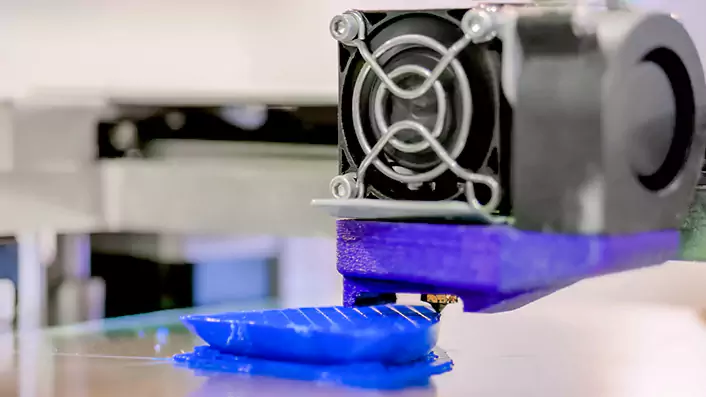
Definition
3D printing, also known as additive manufacturing, is a process of creating three-dimensional objects from a digital model by adding material layer by layer until the desired shape is achieved. The digital model is first created using computer-aided design (CAD) software and then sent to the 3D printer, which uses various materials such as plastics, metals, or ceramics to create the physical object. 3D printing allows for the creation of complex shapes and geometries that would be difficult or impossible to produce using traditional manufacturing methods.
How it works
3D printing works by building an object layer by layer from a digital model. Here are the steps involved:
Create a digital model
The first step is to create a digital 3D model of the object you want to print. This can be done using computer-aided design (CAD) software, or by downloading a model from an online library.
Prepare the file for printing
The digital model is then exported to special software that slices the model into layers and generates the code (G-code) that the 3D printer uses to print the object.
Set up the printer
The printer is set up with the appropriate material, and the build platform is leveled to ensure the first layer adheres properly.
Printing
The printer begins to print the object, layer by layer, using various materials such as plastics, metals, or ceramics. The printer follows the instructions in the G-code to deposit the material in the correct location, building up the object.
Post-processing
Once the object is printed, it may require post-processing, such as removing support structures, sanding or polishing, and painting or coating, to achieve the desired finish.
Advantages of 3D printing
Customization
3D printing allows for the creation of highly customized products, tailored to specific requirements and preferences.
Complexity
3D printing enables the production of highly complex shapes and geometries that would be difficult or impossible to produce using traditional manufacturing methods.
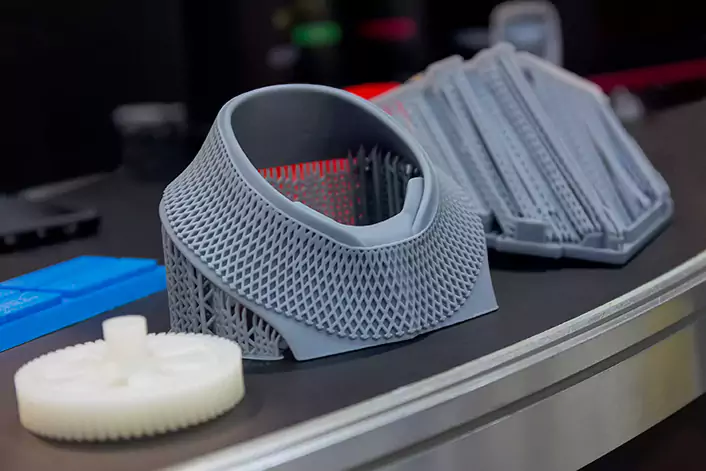
Cost-effective
3D printing eliminates the need for expensive tooling, molds, and assembly lines, reducing production costs and lead times.
Waste reduction
3D printing produces little to no waste material, making it a more sustainable manufacturing and production process.
Speed
3D printing allows for rapid prototyping and production, reducing the time needed to bring a product to market.
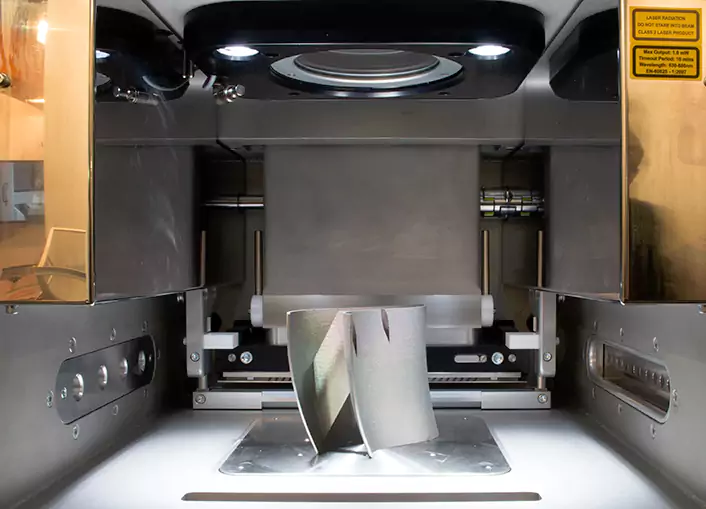
Disadvantages of 3D printing
Limited materials
3D printing currently has limited material options compared to traditional manufacturing methods, which may limit the properties of the final product.
Surface finish
The surface finish of 3D-printed objects is often not as smooth as that of traditionally manufactured parts and may require post-processing to achieve the desired finish.
Limited scale
3D printing is not suitable for large-scale production due to its slow speed and limited build volume.
Limited strength
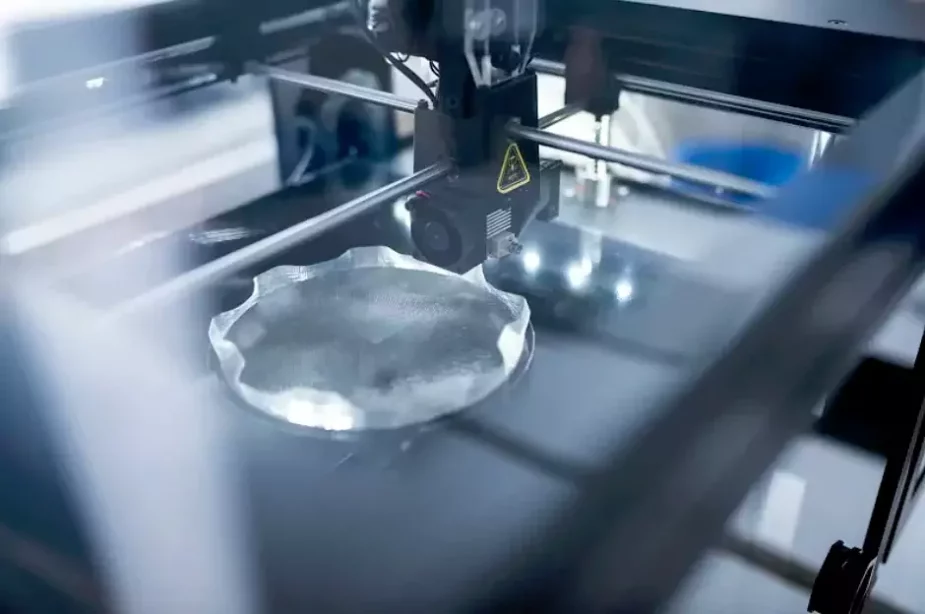
3D printed parts may not have the same strength or durability as traditionally manufactured parts, especially for load-bearing or high-stress applications.
PRECISION and resolutoin
The precision of 3D printing is relatively low compared with other machining processes. The common tolerance for 3D printing is about 0.2mm or worse. Depending on the technology, most 3D printing also has a limited resolution, and some fine detail on the parts can not be printed well. For instance, screw thread smaller than M3 can not be made well on SLA 3d printing.
CNC Machining
Definition
CNC (Computer Numerical Control) machining is a manufacturing process that uses computer-controlled machines to remove material from a workpiece to create a final part or product. It involves the use of computer-controlled cutting tools that remove material from a block or sheet of material to create the desired shape and size of the final product. CNC machines are capable of producing highly accurate and complex parts with tight tolerances, making them ideal for a wide range of applications in industries such as aerospace, automotive, and medical.
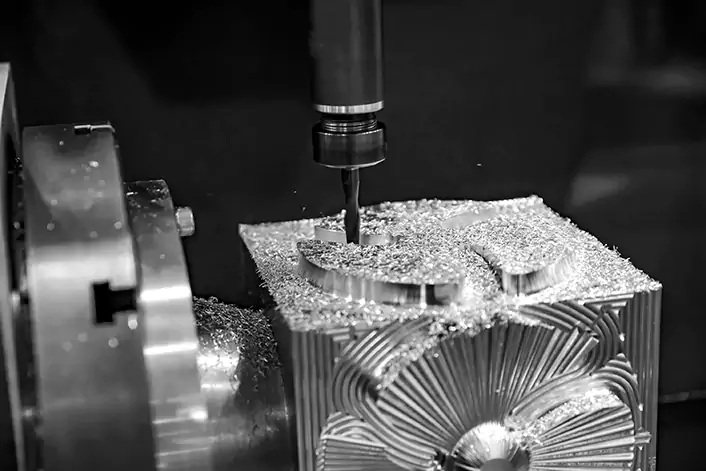
How it works
Here are the general steps of how CNC machining works:
Create a 3D model
The first step is to create a 3D model of the part or product using computer-aided design (CAD) software.
create tool path & Nc PROGRAM
The operation engineer has to decide how to make the parts in detail like what tool should be used, tool path, workflow, stock material size, etc. This information is put together in CAM (Computer Aided Manufacturing) software. An NC program is then created accordingly. The NC program is then sent to the CNC machine, basically, the program tells the machine which tool goes to where at what time, and at what speed.
Load the raw material
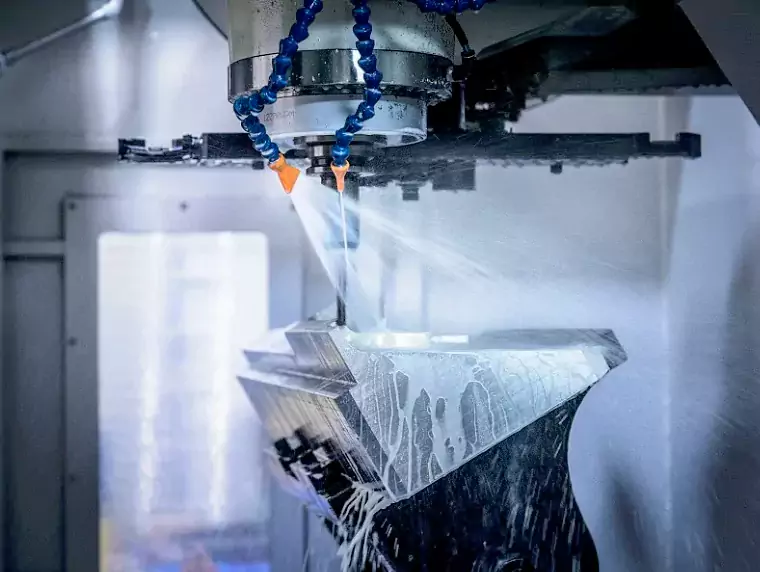
The raw material is loaded into the CNC milling machine, which will be shaped into the desired form by using cutting tools.
Set up the machine
The machine is set up with the appropriate cutting tools specified by the NC program. Now the CNC machine is ready for action.
Start the machine
The machine is started, and the cutting tools move along the programmed path, removing material from the raw material to create the final part.
Check the quality
Once the part is complete, it is checked for quality and accuracy. Any necessary adjustments are made to the machine or program to ensure that subsequent parts are produced correctly.
POST PROCESSING
Post processes such as surface treatment, grinding, or sanding are then applied if required.
Advantages of CNC machining
Precision
CNC machining is highly accurate and can produce parts with very tight tolerances, making it ideal for applications that require precision and consistency.
Material flexibility
CNC machining can work with a wide range of materials, including metals, plastics, and composites, allowing for a broad range of applications.
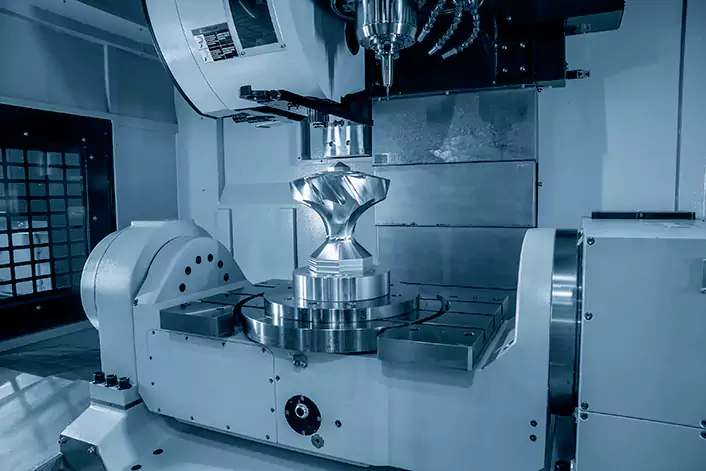
High strength
CNC-machined parts are often stronger and more durable than 3D-printed parts, making them suitable for load-bearing and high-stress applications.
Large-scale production
CNC machining can be used for large-scale production runs, making it an efficient method for mass production.
Automation
CNC machining can be fully automated, reducing labor costs and increasing productivity.
Disadvantages of CNC machining
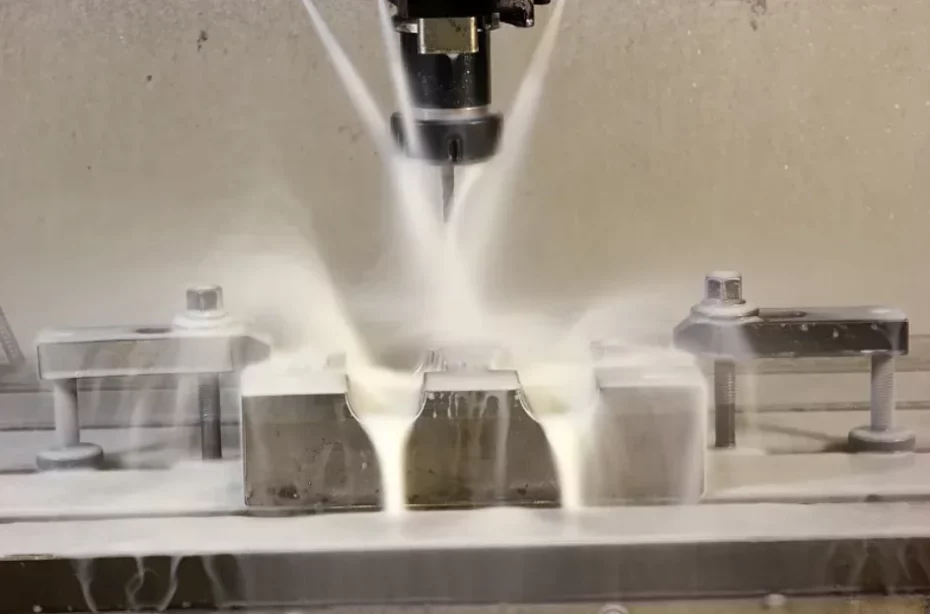
high setup Cost
CNC machining can be expensive, especially for small production runs or one-off parts, due to the cost of tooling, setup, and the labor cost of making NC programming.
Design limitations
CNC machining has certain design limitations, such as the inability to produce certain complex shapes and geometries. For example, too thin walls, too narrow slots, too small holes, too long holes, or sharp corners, all these features are hard to make by CNC machining, and they require other processes as supplementary.
Time-consuming
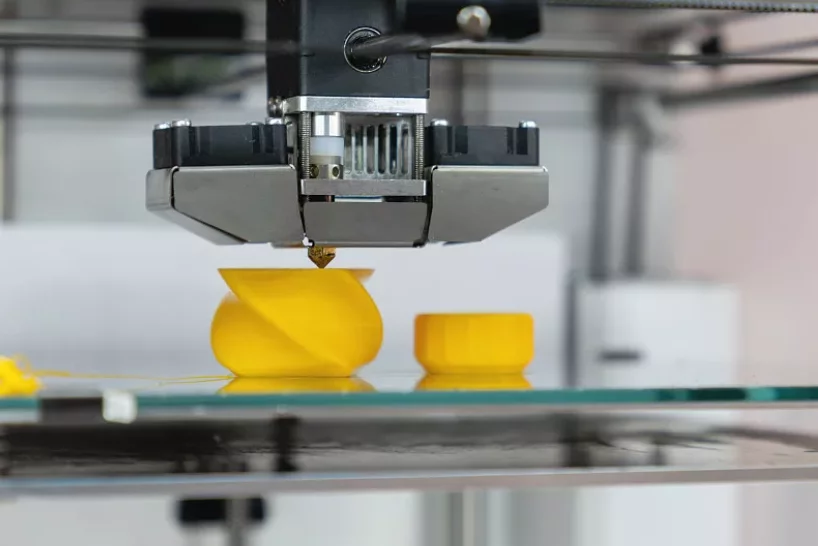
CNC machining can be a time-consuming process, especially for complex parts, which can increase production lead times.
Material waste
CNC machining produces waste material, which can increase production costs and have environmental implications.
Maintenance
CNC machines require regular maintenance and calibration to ensure accuracy and reliability, which can add to the overall cost of production.
3D Printing vs CNC Machining
Manufacturing Workflows
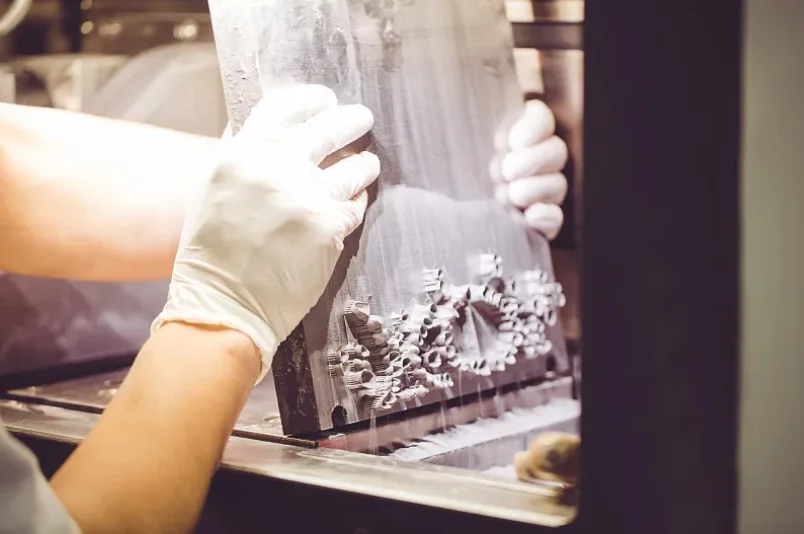
CNC manufacturing is a labor-intensive process that requires the machine operator to make several decisions, including tool selection, spindle speed, cutting path, and potential part repositioning. The operator must manually set up the block in the machine, considering all these factors, and determine whether the component will require post-processing steps. All of these considerations affect the component’s quality and build time.
On the other hand, 3D printing involves less human intervention. The operator prepares the digital file, selects the orientation, and adds support if necessary. Once the file is ready, the printer builds the part with little human intervention. However, post-processing is required, which can be labor-intensive, involving cleaning and additional processing steps. These final steps are the most time-consuming and labor-intensive parts of the 3D printing manufacturing workflow.
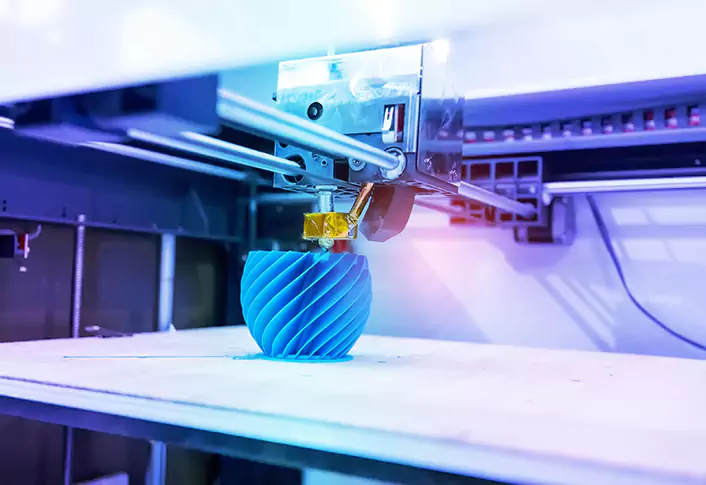
Materials
The plastics most frequently employed in CNC machining are ABS, Nylon (PA66), Polycarbonate (PC), Acrylic (PMMA), Polypropylene (PP), POM, and PEEK. Meanwhile, aluminum is a widely used metal in CNC machining, particularly in prototyping. It can produce high-quality prototypes for various industries and boasts of recyclability, excellent protection properties, and effectiveness in machining. Other metals commonly used in CNC machining include stainless steel, magnesium alloy, zinc alloy, titanium, and brass.
Thermoplastics that are frequently used in 3D printing are ABS, PLA, Nylon, ULTEM, and photo-polymers such as wax, calcinable, and biocompatible resins. There are also some specialized 3D printers capable of printing parts using sand, ceramics, or living materials. The most commonly utilized metals in 3D printing include aluminum, stainless steel, titanium, and Inconel. However, it’s important to note that 3D printing of metals requires expensive industrial machines costing over $100,000. Some materials, such as superalloys or TPU (flexible material), cannot be produced with CNC and must be utilized with 3D printing or rapid tooling technology.
Cost
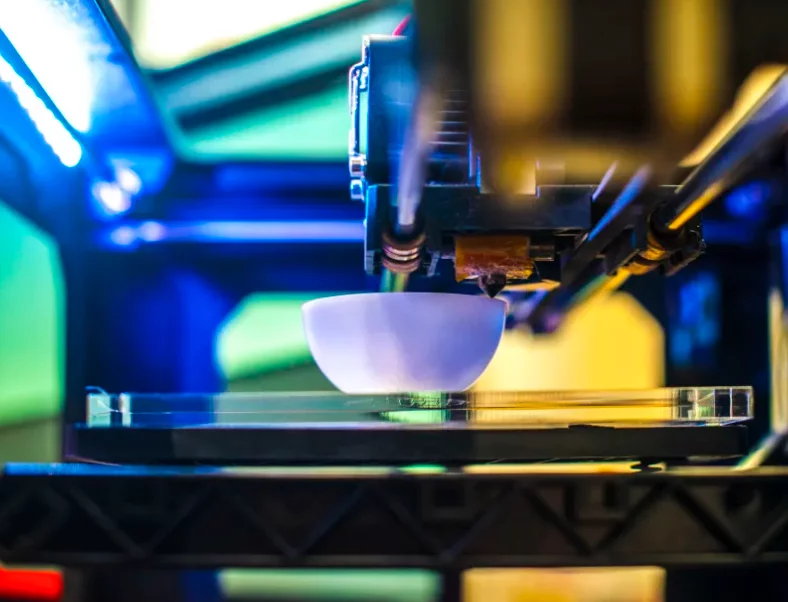
The cost of 3D printing depends on factors such as the size and complexity of the design, the material used, and the printing technology. 3D printing is typically less expensive for small-scale production and prototyping because it does not require costly tooling or setup fees. However, the cost per unit for larger quantities may become more expensive than CNC machining due to the cost of materials and time required for printing.
CNC machining, on the other hand, requires more upfront costs for tooling and setup but becomes more cost-effective as the quantity of parts increases. The cost per unit decreases as more parts are produced because the time required for machining each part is reduced. CNC machining is also better suited for producing parts from more expensive materials such as metals and composites, where the cost per unit for 3D printing may be prohibitive.
Environmentally Friendly
CNC involves cutting away material from an original block, resulting in leftover pieces of material that need to be cleaned and disposed of, which is not required in 3D printing. With the additive manufacturing process, an object is formed on the build platform using material fed into the machine, resulting in less unused waste and mess, except for supports (if used). Therefore, 3D printing is considered the more ethical method as it generates less waste.
Conclusion
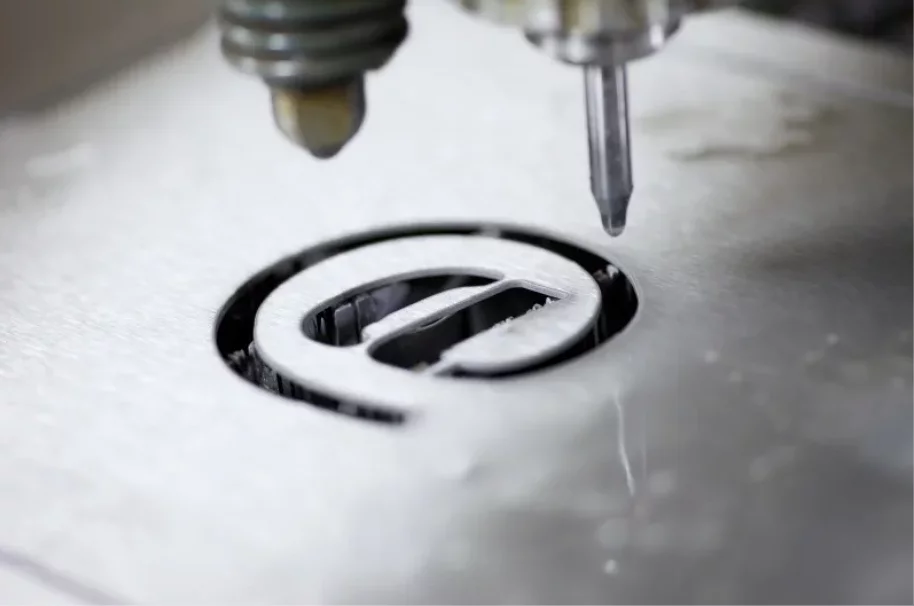
In conclusion, 3D printing and CNC machining are two different manufacturing technologies with distinct advantages and disadvantages. CNC machining is ideal for producing high volumes of complex parts with tight tolerances, while 3D printing is best suited for producing low volumes of customized parts quickly and cost-effectively. While CNC machining can produce parts from a wide range of materials, 3D printing is capable of producing parts from both traditional and exotic materials, such as living tissues or ceramics. Furthermore, 3D printing generates less waste and mess, making it a more ethical choice. Ultimately, the choice between these technologies depends on the specific application, the required volume, and the desired material properties of the parts being produced.